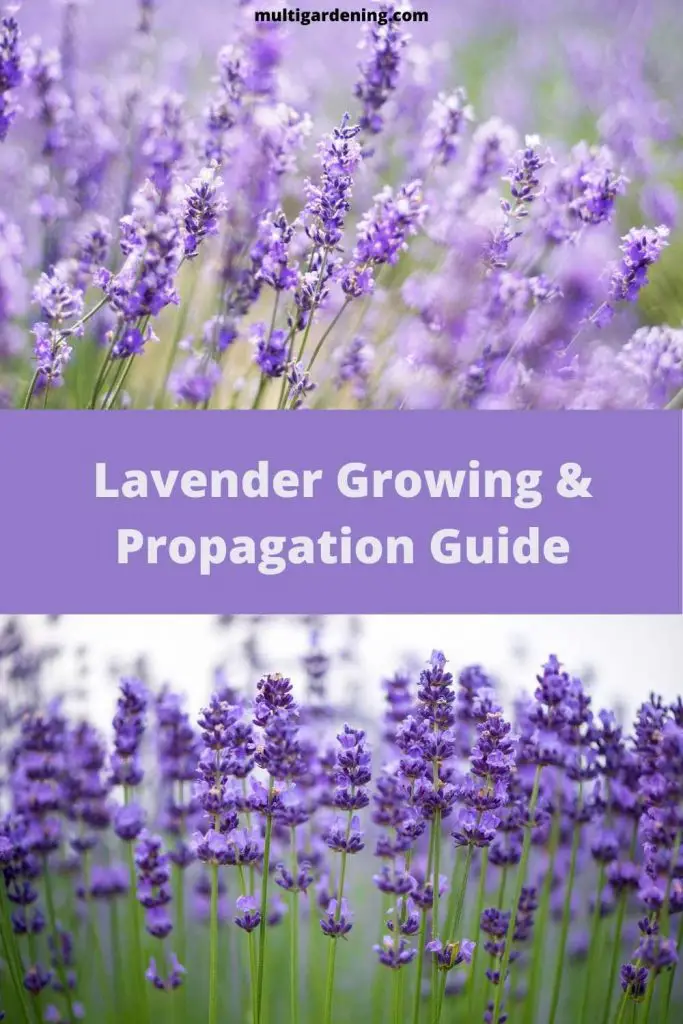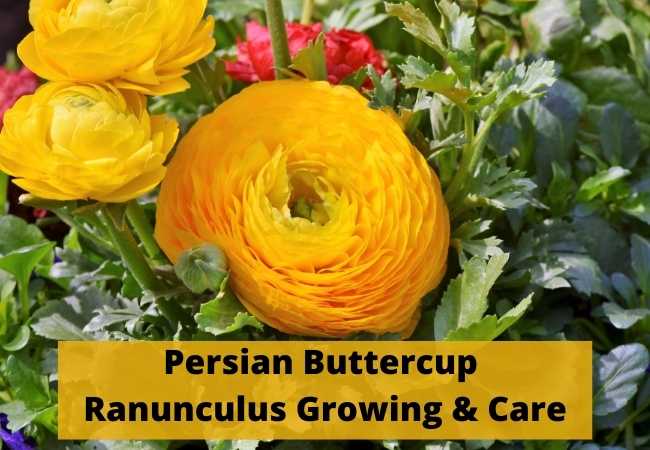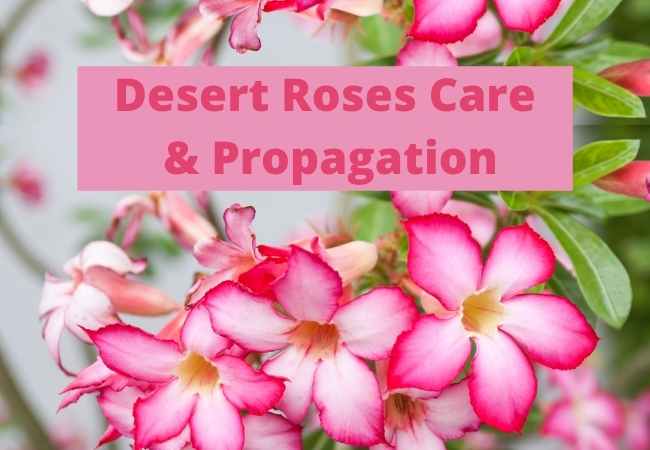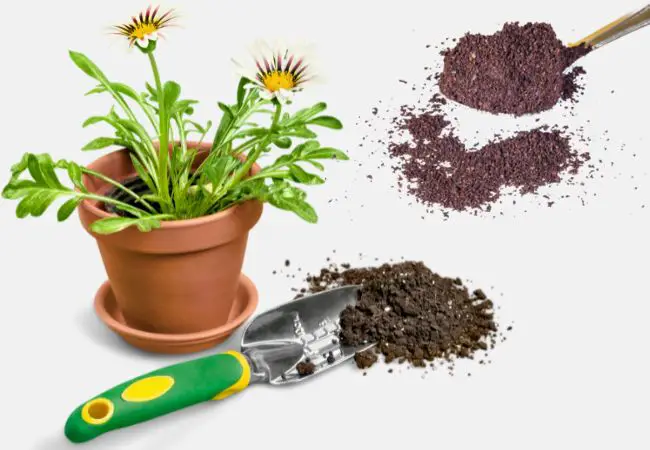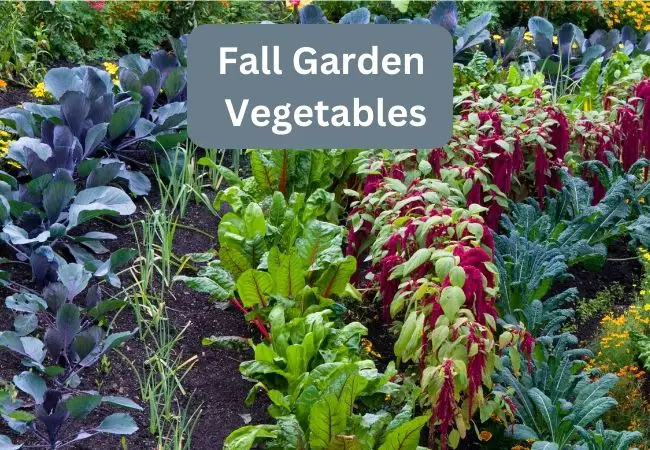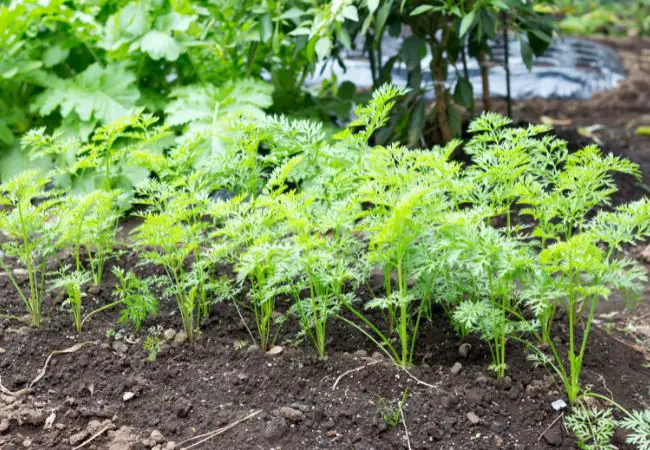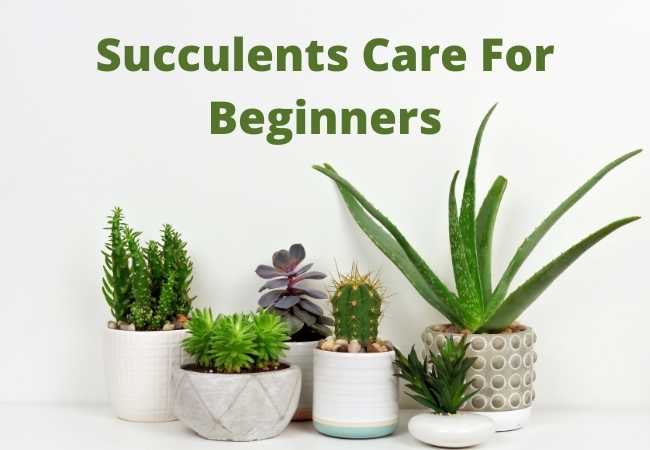Lavender Growing and Propagation
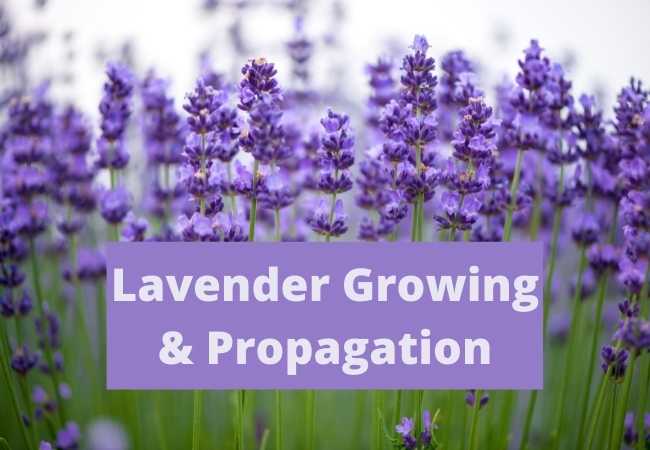
Lavender growing and propagation guide that will help you grow healthy plants. Lavender is an indoor and outdoor plant with over 47 known species of flowering plants. The plant produces flowers on shoots or spikes that are 20-41 cm.
Lavender plants can grow as tall as 0.4m in height and can live up to 30 years. Lavender flowers are blue, have a pleasant smell with beautiful shades of purple.
The plant can survive in a wide range of soil no matter how poor the soil is. The main requirement is lots of sun and good drainage.
Types of Lavender
- Egyptian Lavender
small in size, origin from the southern region of the Mediterranean including Sicily, Iberia, and Canary Islands.
- Ballerina, Spanish lavender
Highly aromatic, has flower heads topped with white, fades to pink and purple as they mature.
- Betty’s-blue, English lavender
Eye-catching violet-blue flower, height is 60-75cm and a diameter of 75-90cm, has a grey-green verdure, blooms at the end of spring or early summer.
- Anouk,Spanish lavender
an outstanding dark plum flower with a head which is violet-blue fading to pink as they mature, height 30-45cm and a diameter of 45-60cm, blooms mid-late spring to late summer.
- Hidcote, English lavender
Free flowering dark purple flower with blue-green verdure, the height of 30-50cm and a diameter of 50-60cm, blooms in late spring or early summer.
- Kew red, Spanish lavender
A very beautiful, bright, deep red-pink flower head top with pale pink, the height of 46-61cm and a diameter of 46-61cm, blooms in spring.
- Hidcote, giant hybrid
This Lavender is a cross between Lavandula and intermedia.An exquisite strong fragrance that exceptionally large flowers, the height of up to 40-50cm and a diameter of 40-50cm, blooms from mid to late summer.
- Lavenie petite, English lavender
A distinctive violet flower, a height of 30-60cm and a diameter of 30-60cm, blooms from mid-spring to early summer.
- Impress purple, hybrid
Strong fragrant, suitable for drying, evergreen shrub with grey-green leaves deeply purple flower in summer, height
35-40cm and a diameter of 35-40cm, blooms in summer.
- Grosso, hybrid
A pretty dark blue fragrant flower, with wide grey-green verdure, the height of 30-35cm, and a diameter of 35-48cm, blooms in summer.
Lavender Soil
Lavender plants do well in well-draining soils. If established in soils that hold too much moisture, the plants can get root rot. The plants also thrive when established soils with low to the moderately fertile soil.
Lavender Lighting Requirements
The lighting needs of lavender are similar in all the species. They do well in full sun and require bright direct light.
If you have a location in the garden that is too bright for other plants and flowers, try planting lavender. During the hot summer months, a little shade may help especially during the midday and afternoon sun.
How to Grow Lavender From Seeds
When growing Lavender from seed ensure that you have good seeds, to begin with. The quality of seeds will affect the germination as well as the health of the plants that grow.
It is advisable to establish the seeds in a seed tray. Make sure to keep the tray in a warm location for proper germination.
Lavender Temperature Requirements
The ideal temperature for Lavender is between 40-50 degrees Fahrenheit at night and 60-65 degrees Fahrenheit during the day.
Watering Lavender
Most Lavender types are drought-tolerant. They can stay for a long time without frequent watering.
This is one of the plants that does not need watering all the time. However, when the seedlings are still young, they require more frequent watering.
Fertilizing Lavender
It’s important to avoid overfertilizing Lavender plants. As noted above, the plants do well even in poor soils. Only use fertilizers during springtime.
Alternatively, you can put a layer of 2.5cm of good compost around the plant. Compost will continue to release nutrients over time.
Growing Lavender in Indoor Pots
All the Lavender types can be grown in pots successfully but some tend to do better than others.
Select a pot that provides the lavender with enough room to grow. A pot 30-40cm will be best. Make sure you have a 1.25cm hole in the bottom. Small stones must be added for swift drainage.
Select a sandy potting mix that easily drains water and fills the pot three-quarters full.
Add your lavender plant and fill the pot within a couple of inches of the top. Firm soil to remove air pockets. Your lavender’s crown should stick up about 2cm above the soil.
Add a 5cm layer of mulch to help retain moisture.
Finally, provide the plant with about 6hours of sunlight every day for the best results and healthy plants.
Lavender Pests and Diseases
Even though lavender is an eye-catching, beautiful, and fragrant flower, it can still be attacked by pests and diseases.
Whitefly Hemipterans feed on the undersides of plant leaves.
Aphids/greenfly/blackfly which is small sap-sucking insects
Cuckoo spit A plant sap that has been ingested by a creature that hides inside it.
Alfa mosaic virus/Lucerne mosaic/potato calico Leads to necrosis and yellow mosaic.
Shab which kills the branches of lavender plants.
Lavender Propagation Method
Lavender plants can also be propagated successfully from cuttings. Begin by selecting good and healthy branches to get cuttings.
Get cuttings by making 450 angle cuts. Prepare the cuttings by dusting them with rooting hormone.
Make holes in the dirt and place the cuttings in the holes. Make sure to space them a few inches apart.
You can also cover the cuttings in plastic but this step is optional. Water the cuttings and keep them moist but not soggy.
Is Lavender Poisonous to Dogs and Cats?
Lavender plants contain linalool and linalyl acetate substances in small quantities. These substances are only poisonous in large quantities.
Lavender can only cause harm to pets when ingested in large quantities which is rare.
Conclusion
Lavender plants are some of the easy plants to grow for both beginners and experienced gardeners. The fragrance from the lavender plant oil helps to promote calmness and wellness.
The plants are also very beautiful. I hope this post on the lavender growing and propagation guide was helpful. Don’t forget to share it and also follow Multigardening on Pinterest for awesome gardening posts.
